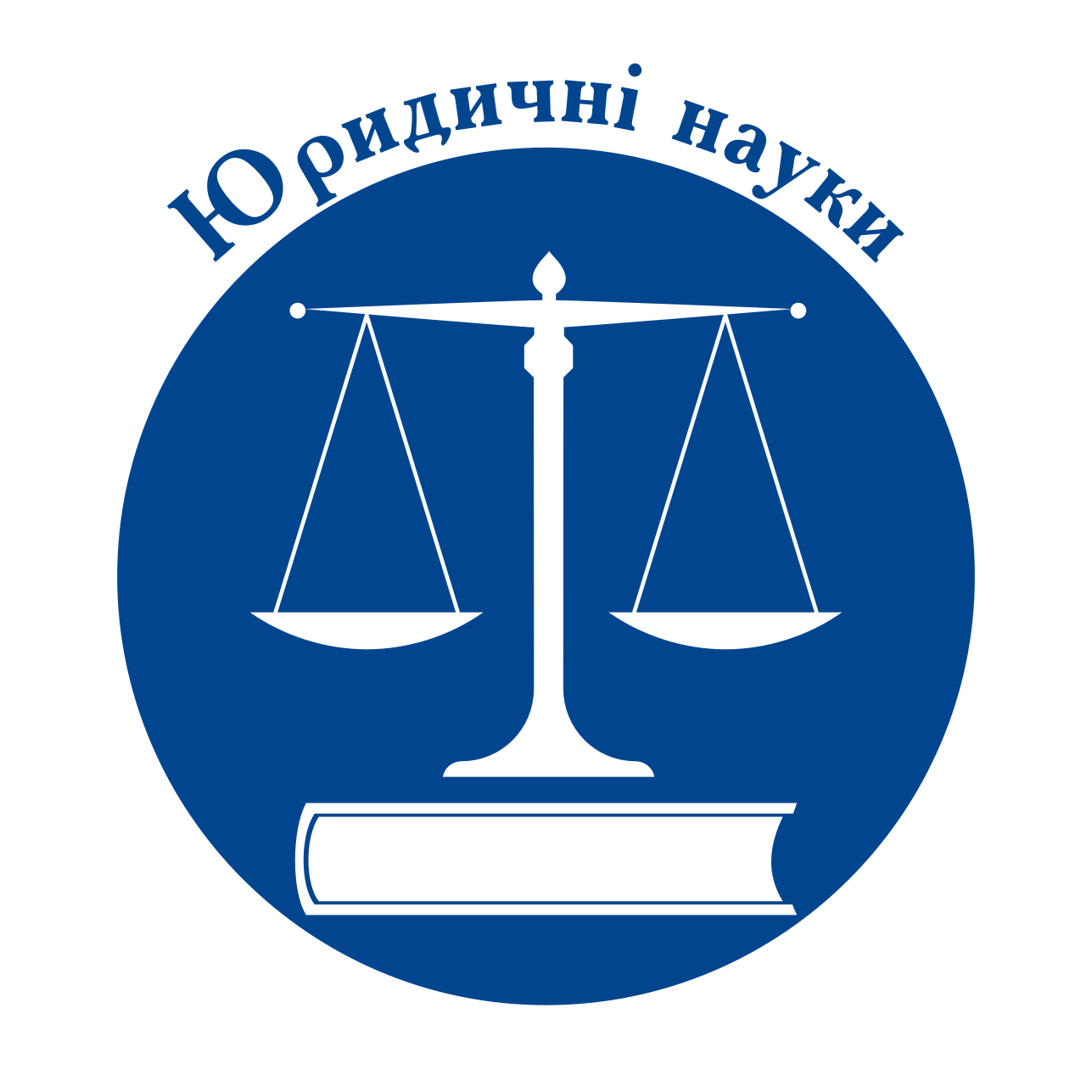FORMS OF GOVERNMENT: THEORETICAL MODELS AND THEIR HISTORICAL IMPLEMENTATION IN UKRAINE AND WORLDWIDE
Abstract
The development of the state is a complex and multifaceted process that encompasses all aspects of sociallife and occurs through the evolution of forms of government. Forms of government define the structureand mechanisms for the exercise of power and the interaction between the state and society. The evolutionof these forms reflects the historical, socio-economic, and cultural conditions of each state.The aim of this article is to conduct a theoretical and methodological analysis of forms of government,their models, and their historical implementation in Ukraine and worldwide. Particular attention is given tothe relationship between changes in forms of government, the development of the legal system, and socio-political processes. Research Methods. General scientific approaches were employed: the historical-legal method to tracechanges in forms of government, the comparative method to analyze common features and differences in Ukraineand other states, and the systematic method to assess the impact of forms of government on state functioning.Results. The study examined the foundations of monarchical and republican forms of government. Monarchiesare characterized by the centralization of power, while republics are based on the election of governing bodies.Their features, advantages, and disadvantages, as well as their historical implementation in Ukraine and othercountries, were analyzed. The historical experience of Ukraine also demonstrates the interconnection betweenthe form of government and the stability of the political system. Changes in the organization of power wereoften accompanied by significant challenges, such as armed conflicts, social contradictions, and crises. However,these changes simultaneously stimulated the search for more effective approaches to governance and facilitatedthe adaptation of state institutions to new conditions. Conclusions. Forms of government significantly influencepolitical stability, administrative efficiency, and legal culture. The historical experience of Ukraine illustratesa transition from monarchical models to a republican form of government based on the principle of separationof powers. Comparative analysis with global models provides insight into the peculiarities of Ukraine's politicalsystem and helps identify directions for improving state governance. Forms of government determine not onlythe effectiveness of the state apparatus but also the trajectory of socio-political.
References
2. Сухонос В. В. Монархія як державна форма: історико-теоретичний та конституційно-правовий аспекти : монографія. Суми : Видавничо-виробниче підприємство «Мрія-1» ТОВ, 2010. 368 с.
3. Олійник В. С. Деякі проблеми класифікації видів республіканської форми правління. Матеріали II Міжнар. наук.-практ. конф. (м. Чернігів, 4 листопада 2022 р.) Академія Державної пенітенціарної служби. Чернігів : Академія ДПтС, 2022. С. 174 178 –ؘ .
4. Панфьорова М. А. Організація державної влади в Україні: історико-правовий аналіз. Актуальні проблеми політики, 2023, С. 27–33. URL: http://app.nuoua.od.ua/archive/72_2023/72_2023.pdf#page=27 (дата звернення 01.12.2024).
5. Басараб О. Т., Бомбергер І. Л. Історія держави і права України та зарубіжних країн : навчальний посібник. Хмельницький : Видавництво НАДПСУ, 2021. 237 с.
6. Дорош М. Держава та право україни в період української козацько-гетьманської держави. Scientific Notes of Lviv University of Business and Law, 25, 2020. С. 144–148. URL: https://nzlubp.org.ua/index.php/journal/article/view/279 (дата звернення 01.12.2024).
7. Сухонос В. В. Інститут глави держави в умовах республіки: конституційно-правовий та історико-теоретичний аспекти : монографія. Суми : Університетська книга, 2013. 318 с.


